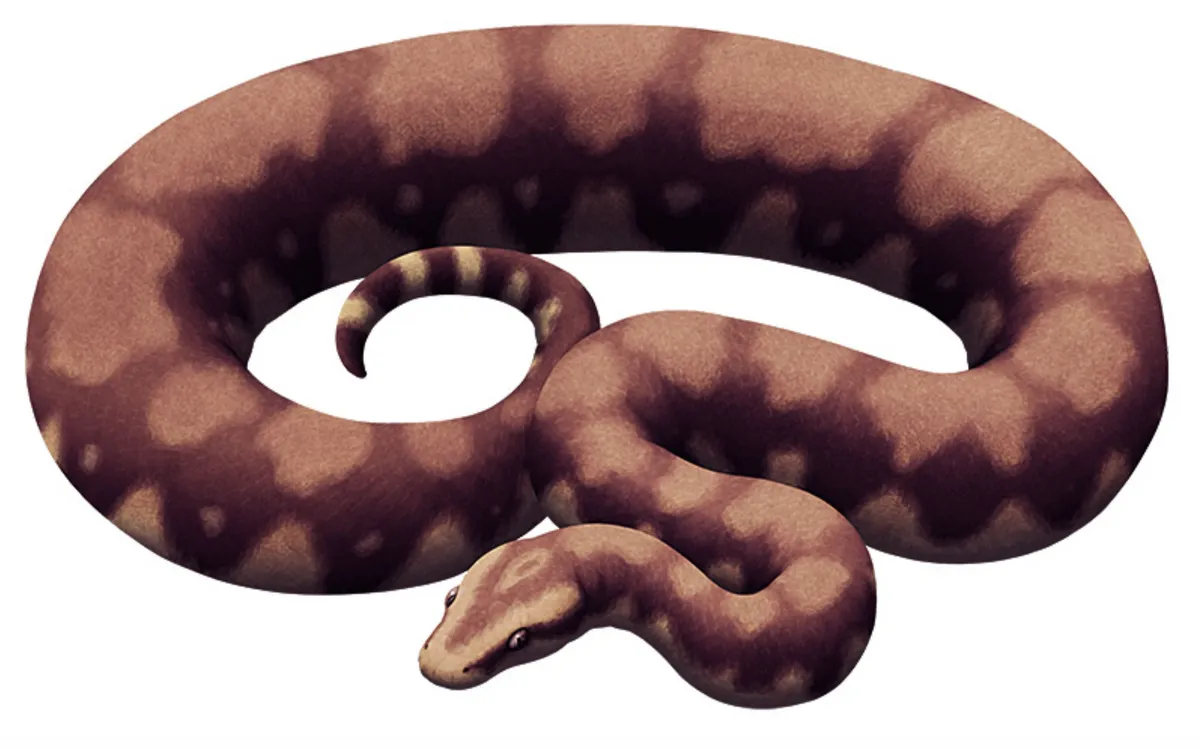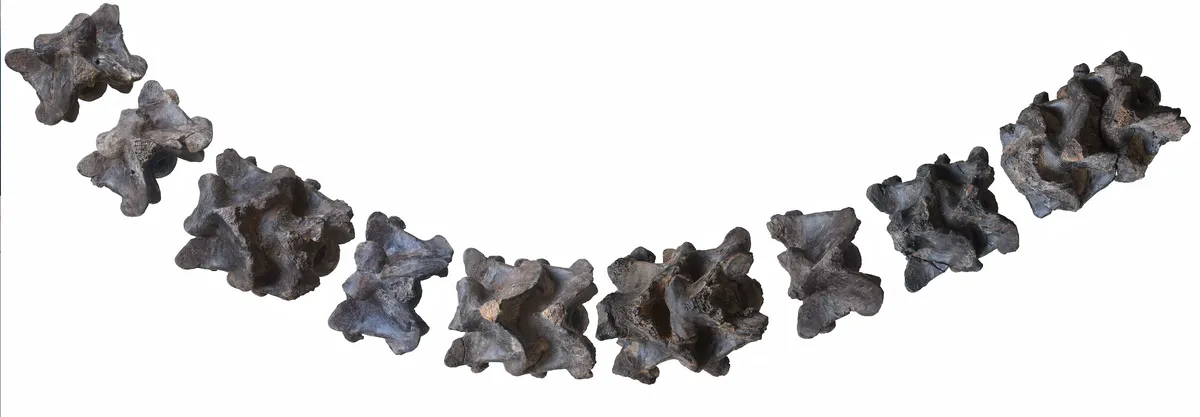The remains of a new species of ancient snake have been recovered from a mine in Gujarat State, India.
The snake dates to the Middle Eocene period, approximately 47 million years ago, and may have measured up to 15 metres in length – longer than a bus – according to a new study published in the journal Scientific Reports.
Scientists believe the colossal snake would have been an ambush predator that constricted its prey to death.
The new species of giant snake has been named Vasuki Indicus: Vasuki referring to the mythical snake worn round the neck of Shiva, the Hindu deity; and Indicus indicating India, its country of discovery.

Unearthing a giant
The remains of the huge snake were discovered at the Panandhro Lignite Mine in the Kutch district of western India, before being described by researchers Debajit Datta and Sunil Bajpai from the Department of Earth Sciences at the Indian Institute of Technology Roorkee.
The authors analysed 27 well-preserved vertebra, each measuring between 37.5 and 62.7 millimetres in length and 62.4 and 111.4 millimetres in width. The bones are probably from a fully grown adult, and their structure suggests a broad, cylindrical body, according to the study.
"In overall form, the vertebrae of the new Indian taxon are massive," say Datta and Bajpai, who think the snake's "features suggest a non-aquatic lifestyle".
The scientists estimate that the new species may have reached between 10.9 and 15.2 metres in length, a size similar to that of the extinct Titanoboa, the longest known snake to have ever lived.

"The estimated body length of 11–15 m makes this new taxon (Vasuki indicus) the largest known madtsoiid snake," say the authors, "which thrived during a warm geological interval with average temperatures estimated at ~ 28 °C.
"These estimates, however, should be treated with caution," the authors add, "as the collection lacks posterior precloacal and cloacal vertebrae, and an understanding of the intracolumnar variation in madtsoiids is currently non-existent."
The paper also speculates that the gigantic size of the snake made it a slow-moving ambush predator, similar to anacondas the present day.

Vasuki Indicus belongs to the madtsoiidae family, "an extinct clade of primarily Gondwanan terrestrial snakes with a temporal range spanning about 100 Myr from the Late Cretaceous–Late Pleistocene," says the paper.
"Their geographic range during the Late Cretaceous encompassed Madagascar, South America, India, Africa and the European archipelago."
Read more about the discovery: Largest known madtsoiid snake from warm Eocene period of India suggests intercontinental Gondwana dispersal, published in the journal Scientific Reports.
More about snakes:
